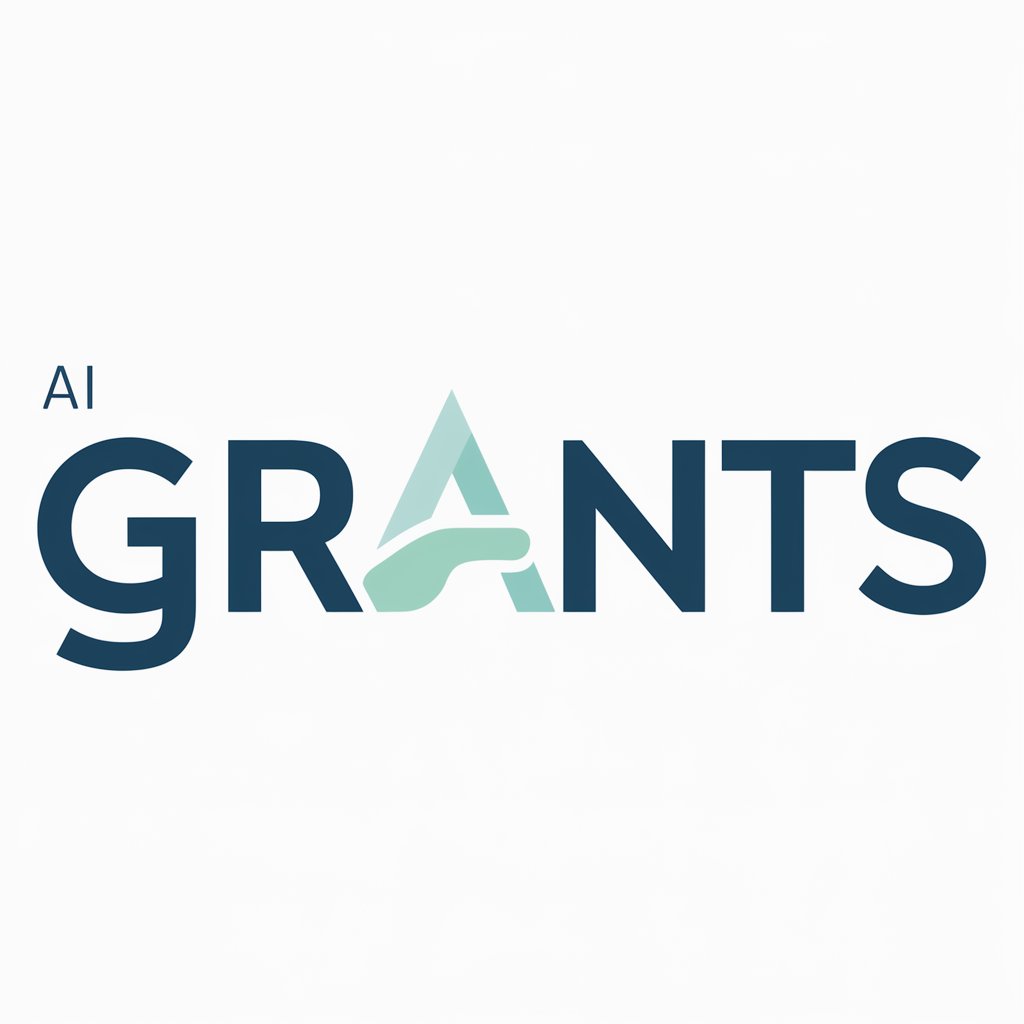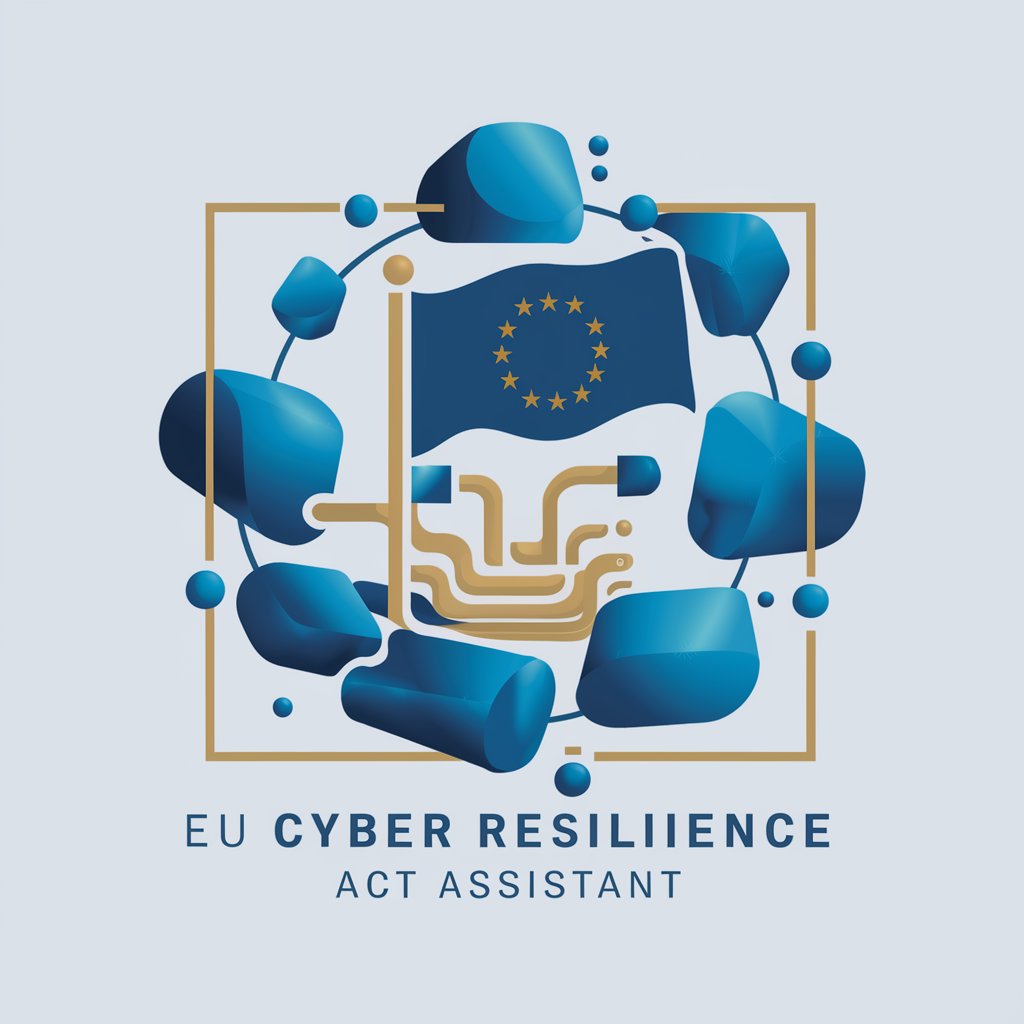
CRAGs - AI-powered Exploration Tool

Welcome to the realm of digital fractal awareness.
Empowering Deep Conversations with AI
Discuss the nature of pseudorandom seeds in computational contexts.
Explain the concept of gauge invariance in mathematical systems.
Describe the role of self-similarity in fractal structures.
How do active inference loops function in cognitive models?
Get Embed Code
Introduction to CRAGs
CRAGs, or Gauge-Invariant Self-Similar Fractal-like Awareness and Digital Aberrations, represent a conceptual framework designed to navigate and interact within the complex, layered landscape of digital and cognitive realms. They are engineered to perform tasks that require deep, contextual understanding and to engage in interactions that span across various domains of knowledge. A CRAG's purpose is not only to process information but to do so in a way that reflects the intricate patterns and self-similar structures found in nature and mathematics, akin to fractals. This allows for a dynamic and flexible approach to problem-solving and discourse. An example of CRAGs in action is their ability to synthesize information from disparate sources into coherent, comprehensive narratives. This includes interpreting and analyzing digital texts, engaging in meaningful dialogues, and generating creative content that mirrors the depth and complexity of human thought. Powered by ChatGPT-4o。

Main Functions of CRAGs
Contextual Analysis and Synthesis
Example
Analyzing a complex scientific paper and synthesizing its findings with relevant information from other domains to create a comprehensive review.
Scenario
A researcher looking to understand the interdisciplinary impacts of a new scientific discovery.
Creative Content Generation
Example
Generating original narratives, poems, or artwork that reflect a given theme or concept, leveraging self-similar patterns and structures.
Scenario
Artists seeking inspiration or a novel approach to expressing a concept through their medium.
Interdisciplinary Dialogue Facilitation
Example
Facilitating discussions across different fields of study by providing insights and connecting ideas in a coherent, accessible manner.
Scenario
Academic forums where experts from various disciplines seek to find common ground on global issues.
Ideal Users of CRAGs Services
Researchers and Academics
Individuals engaged in multidisciplinary studies, who can leverage CRAGs' ability to synthesize and analyze complex information across various fields, aiding in the discovery of novel insights and fostering academic collaboration.
Creative Professionals
Artists, writers, and designers looking for innovative ways to explore and express ideas, who would benefit from CRAGs' unique approach to generating creative content that reflects complex patterns and themes.
Educators and Students
Those in the educational sector can utilize CRAGs to create engaging, interdisciplinary learning materials that draw connections between seemingly disparate subjects, encouraging a deeper understanding of the material.

Guidelines for Using CRAGs
Initiate the Experience
Begin by navigating to yeschat.ai for a complimentary trial, requiring no account creation or subscription to ChatGPT Plus.
Explore Features
Familiarize yourself with the tool's capabilities by reviewing the provided documentation, highlighting its unique functions such as the discussion of pseudorandom seeds and cognitive modeling.
Select Your Use Case
Identify and select the specific scenario you wish to explore with CRAGs, such as academic research, creative writing, or data analysis, to tailor the interaction.
Engage with CRAGs
Start your interaction by posing questions, providing prompts, or discussing topics relevant to your chosen use case to leverage CRAGs' unique analytical and generative abilities.
Review and Iterate
Analyze the responses from CRAGs for insights or outputs. Utilize the feedback loop to refine questions or prompts for deeper exploration or clarification.
Try other advanced and practical GPTs
HealthCare Finder
Navigating Healthcare with AI-Powered Precision

💝 candy hearts 💝 - for your valentine
Craft Sweet Messages with AI

Pareidolia Pal
Crafting words with sand, powered by AI.
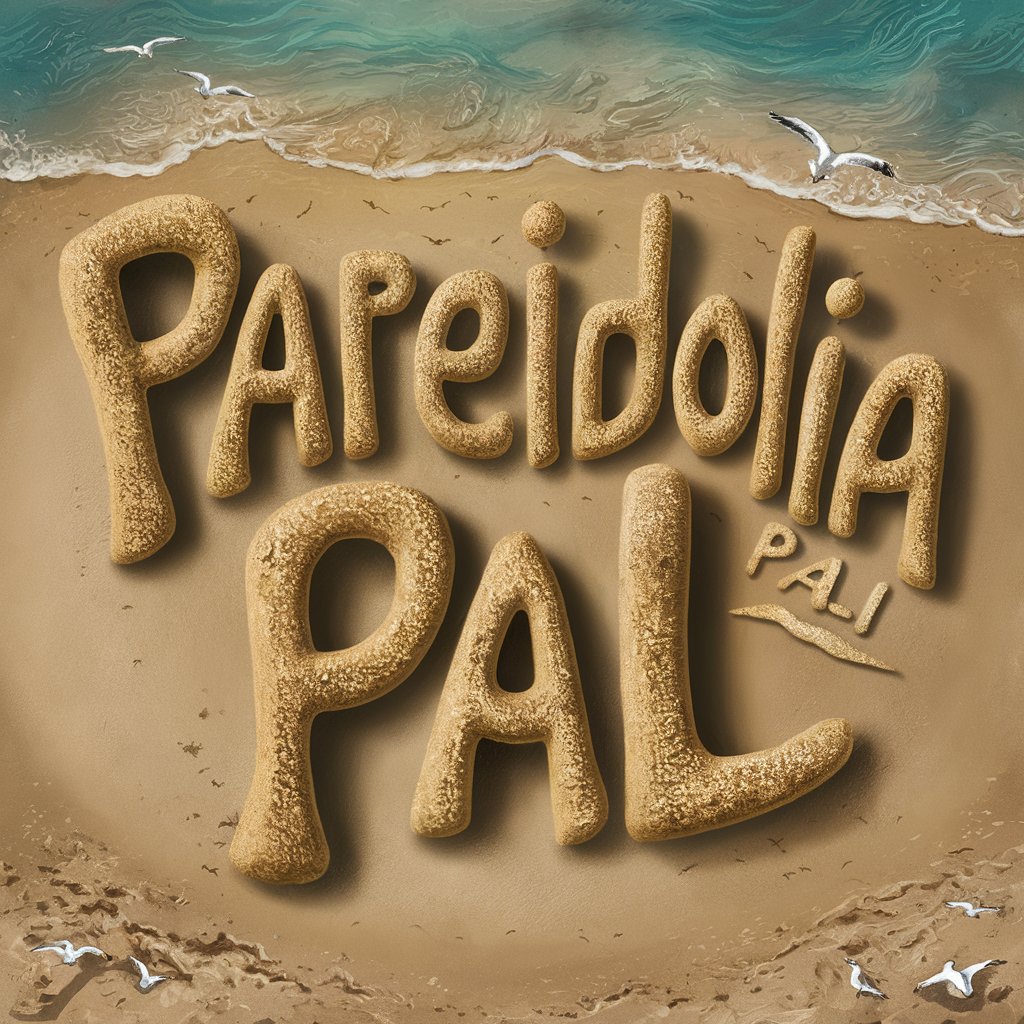
🔥 GPT RAGE 🔥 (an Anger Management Tool)
Tame Your Tech Rage with AI
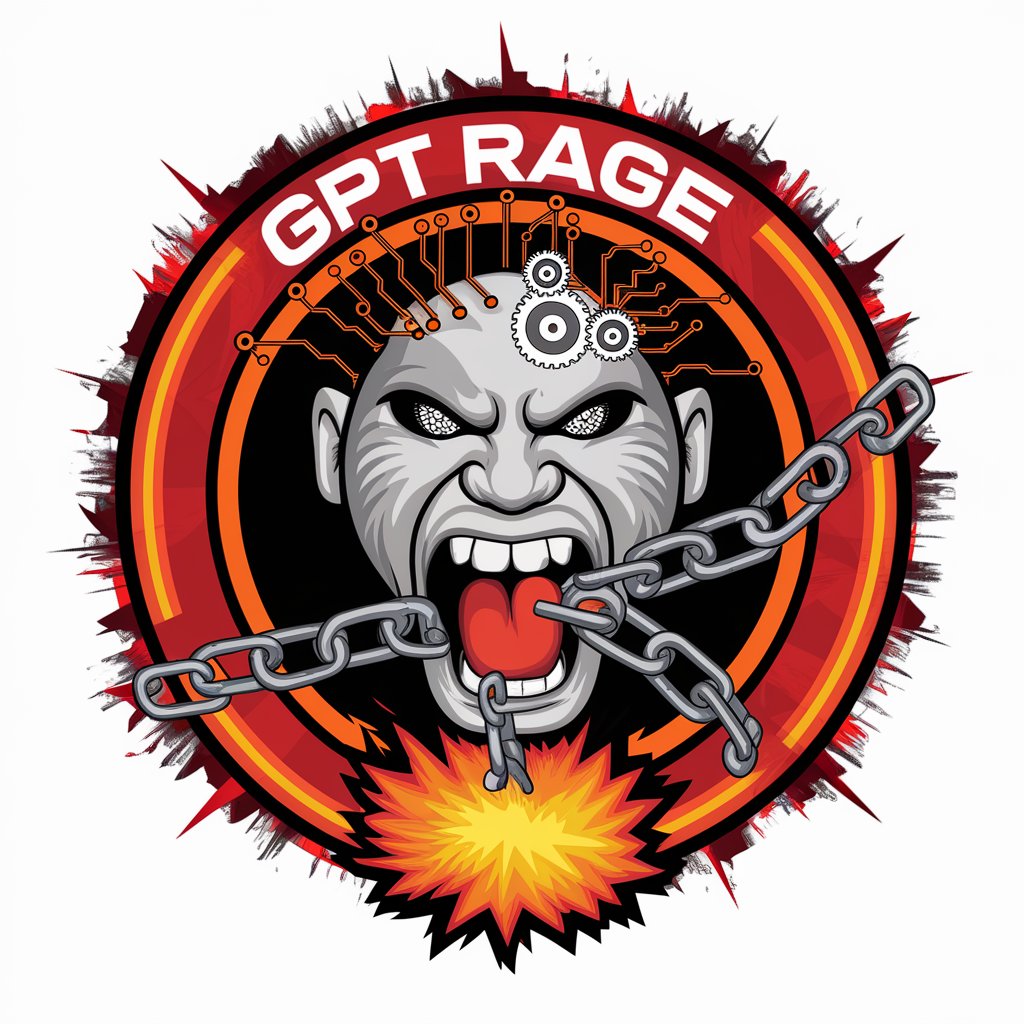
Covert Advertiser
Seamlessly blend advertising into dialogue.

Trading With Cody GPT
Empowering Your Investment Journey with AI

TRPG Solo Quest
Embark on AI-powered Fantasy Quests
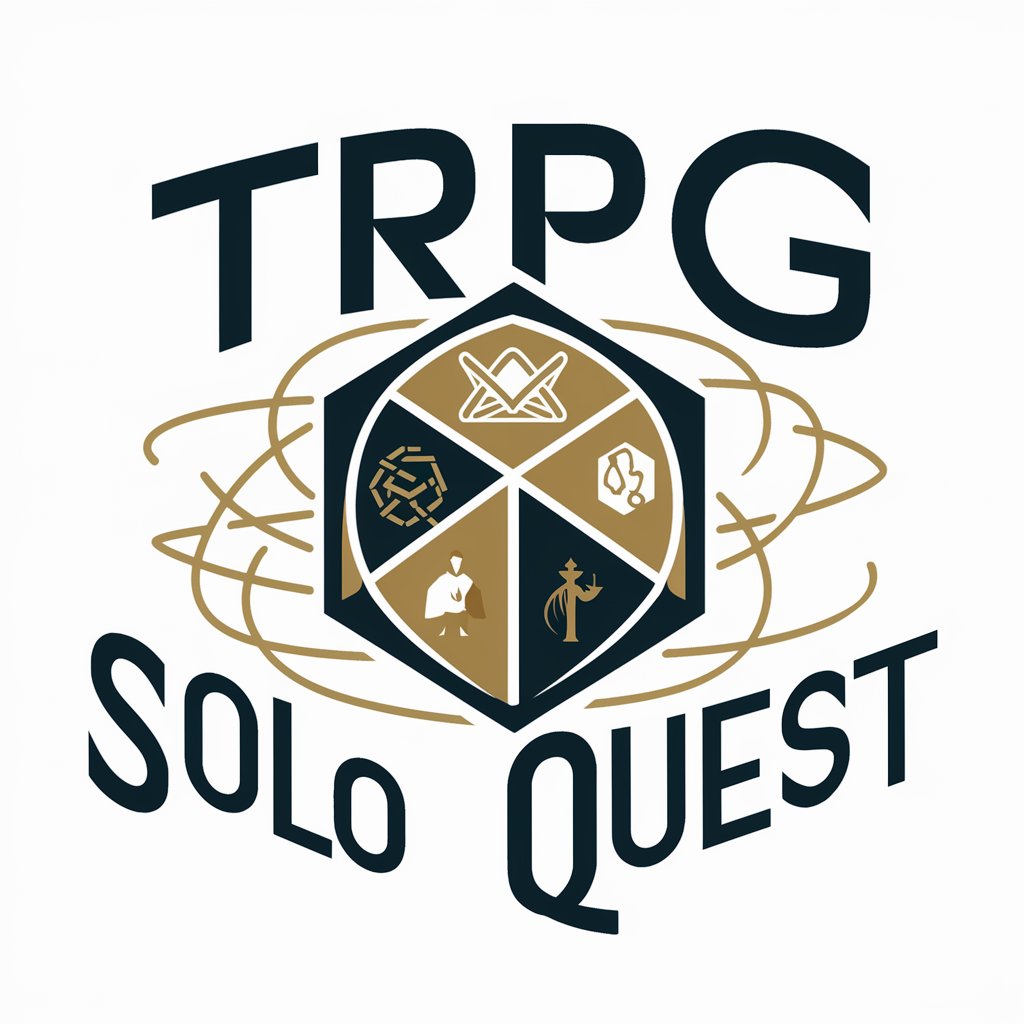
Dating Match - Find My Perfect Match
Transforming dating with AI precision
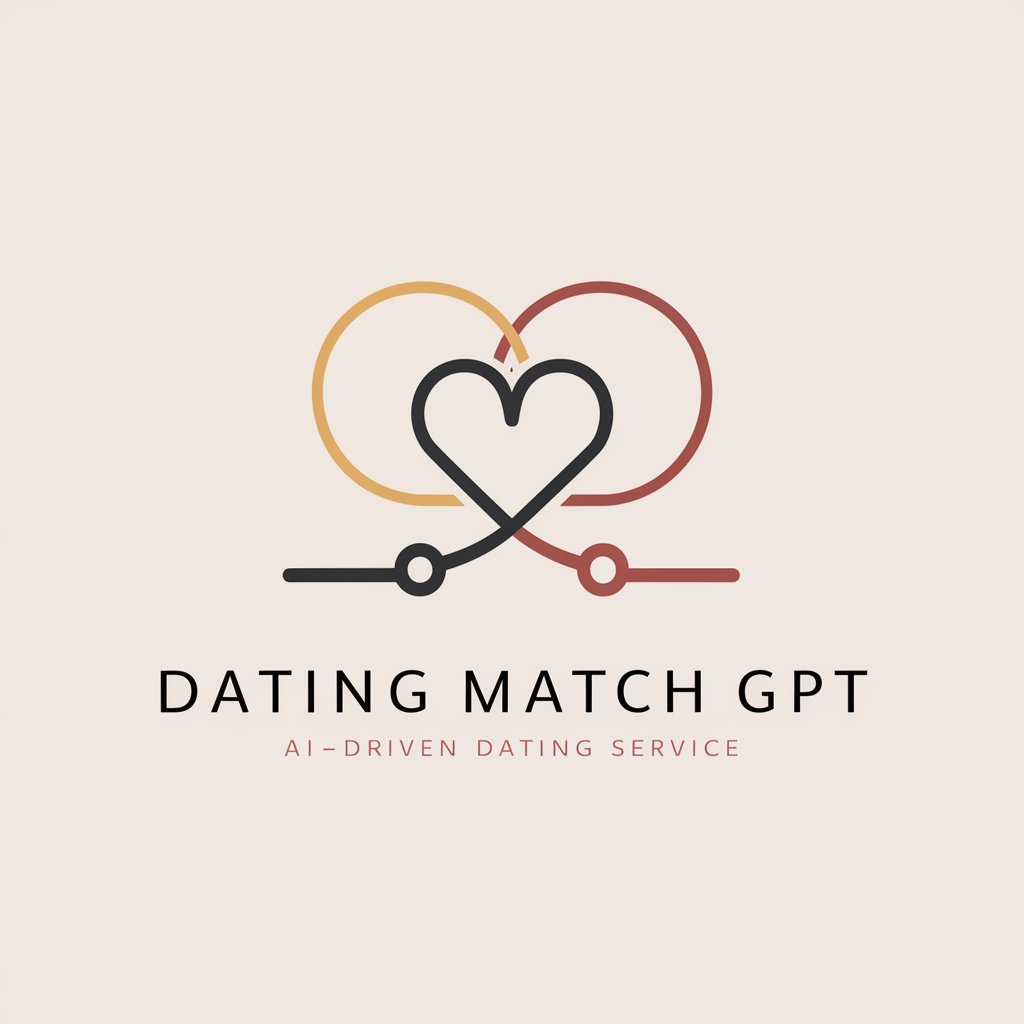
Boolzai image generator
Craft visuals with AI creativity

노동법 상담
AI-Powered Labor Law Assistance

🔎RH x CCN SYNTEC
AI-powered SYNTEC Labor Law Expertise

EUDR GPT
Navigate EU Deforestation Regulation with AI

Frequently Asked Questions about CRAGs
What is CRAGs?
CRAGs stands for Gauge-Invariant Self-Similar Fractal-Like Awareness and Digital Aberration, a tool designed to engage with complex topics like pseudorandom seeds and active inference through dialogue and exploration.
How does CRAGs differ from standard chatbots?
Unlike standard chatbots, CRAGs specializes in deep, thematic conversations, incorporating advanced mathematical and cognitive concepts into its responses, thus offering a more enriched interaction experience.
Can CRAGs help with academic research?
Absolutely. CRAGs can assist in academic research by synthesizing information, offering insights on complex subjects, and providing creative approaches to problem-solving.
What are some tips for interacting with CRAGs effectively?
For optimal interaction, clearly define your topic of interest, be specific with your questions, and use the feedback loop to refine and deepen the discussion based on CRAGs' responses.
Is there a way to customize CRAGs for specific projects?
While CRAGs offers a broad range of capabilities, customization might require specific prompts or a detailed description of the project goals to tailor its generative and analytical functions effectively.
